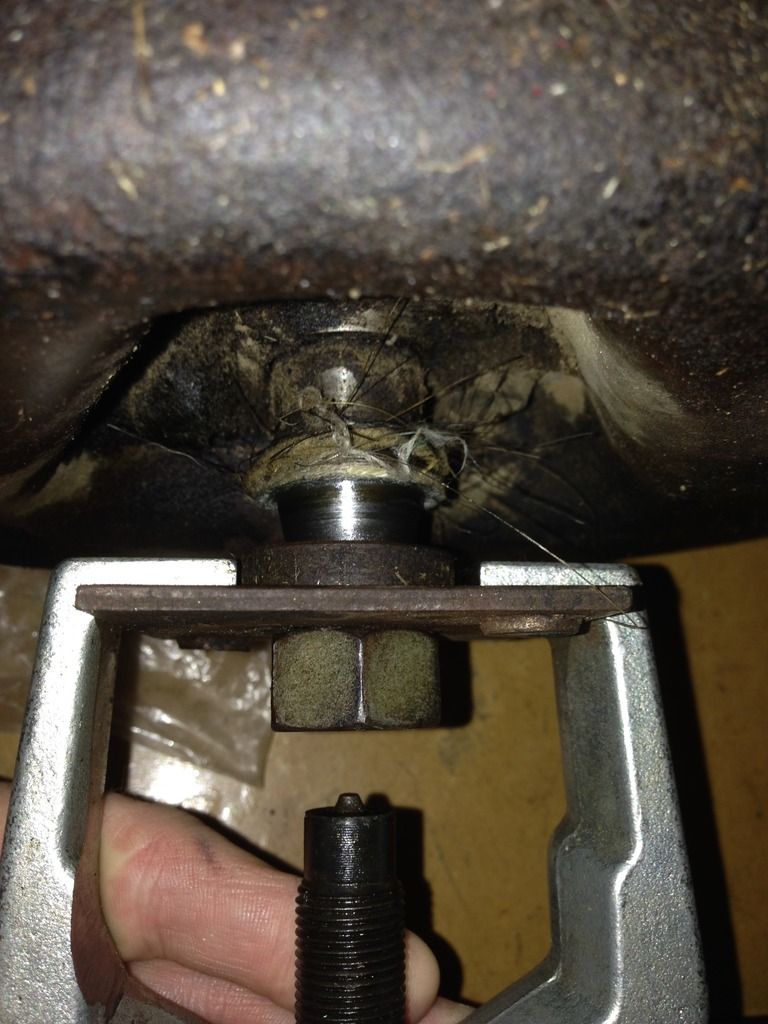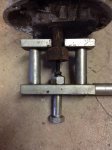trackfodder
Forum Newbie
- Joined
- Sep 25, 2016
- Threads
- 2
- Messages
- 3
I have a 4 HP Scamp that served me faithfully many years. It has been replaced by a 6-1/2 HP self propelled one. I want to put the old one on a motorbike but need to remove the blade hub to replace the case seals. I have cut away most of the muffler and can get to the 3 bolts after I remove some of the blade hub. I need to save it so I can reduce the diameter to 1" for a clutch and belt transmission. I have used penetrating oil and a puller with no luck, heated the flange with no luck. Am considering impacting the taper with an air chisel with hammer attachment.. Ideas?



